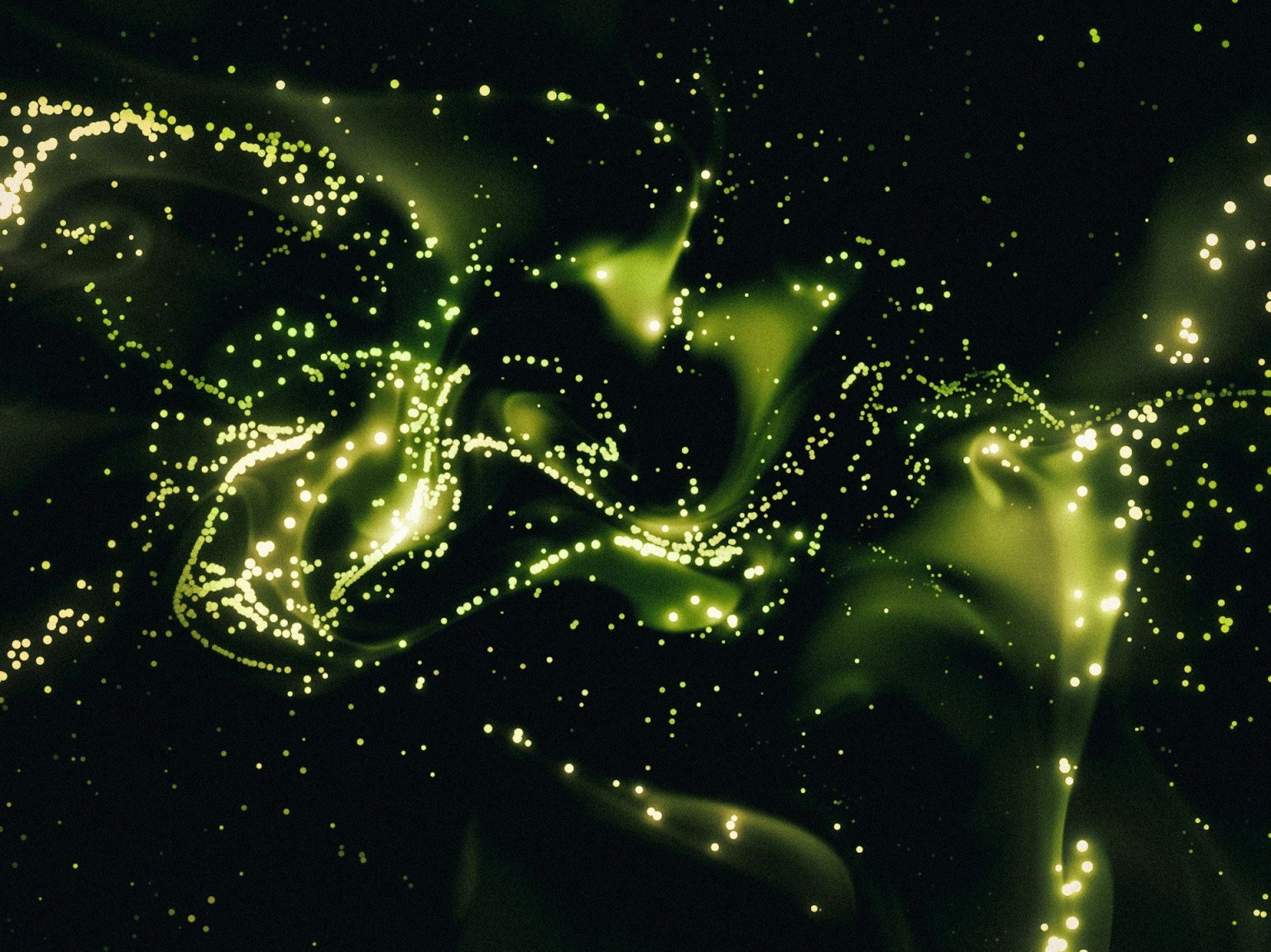
Capturing the invisible world of molecules in motion
Georgia Paraskaki
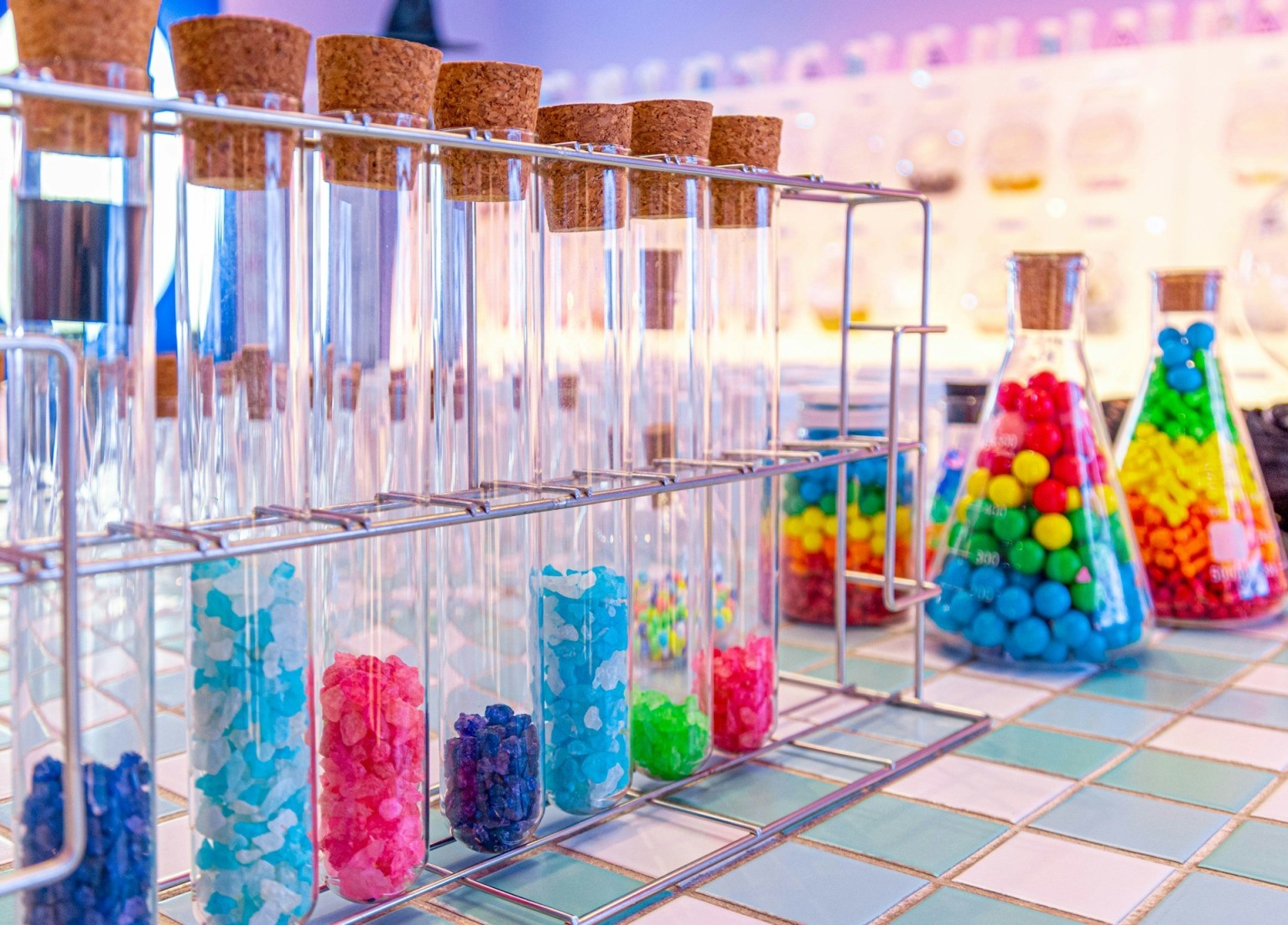
I can still vividly remember the image of a scientist I had as a child when I was dreaming of being a chemist. The person would perform dangerous reactions in a lab, wearing protective goggles, a white coat, holding a round bottom flask with a green bubbling liquid inside. Little did I know that, in the 2000s, chemists found a way to perform their chemical reactions directly in the human body.
In the 1700s, when chemistry was still being described as something rather magical, when Antoine Lavoisier discovered that matter, meaning everything around us, is a result of chemistry and not something divine or philosophical. Through the centuries, many scientists helped by discovering the X-rays, paracetamol, antibiotics, and many more. Chemistry as a science was changing, but in some aspects it stayed the same. All the reactions were performed in the classic round bottom flasks, while remaining sensitive to oxygen, water, and proteins. In other words, sensitive to anything that can be found in the human body.
In 2003, Carolyn Bertozzi, a chemist from Stanford University, pioneered the field of chemistry when she uncovered a new way of performing reactions. She discovered a brand-new field of chemical reactions that can be performed inside a living organism (or in vivo) and can be carried out in the presence of proteins, water, and oxygen. This type of field was given the name bioorthogonality, describing reactions that can be performed in a body (bio-) and can be found when molecule A exclusively reacts with molecule B disregarding every other biological molecule around (-orthogonality).
This discovery paved the way for a fascinating idea: the synthesis of drugs inside the human body. That remains a top priority for health experts since the ability to synthesize a drug in a specific part of the human body will change the world of cancer therapy. For example, a major side effect of chemotherapy is hair loss and body weakness, resulting from the interaction of the drug with healthy parts of the body, instead of being delivered directly to the tumor site. What the term bioorthogonality offers, is a unique opportunity to create a drug specifically for the tumor, improving the therapy itself while limiting unwanted side effects.
Bertozzi’s discovery may not have given her the Nobel prize (not yet at least), but pioneered a brand-new field of chemistry, more modern and elegant. Last year, the very first clinical study, using bioorthogonal chemistry, in cancer patients was announced. Additionally, there is a handful of research groups, planning to do similar clinical studies soon. After centuries, we are now able to shake off the common idea of a scientist performing reactions in the sterile environment of a glass-made flask. What may have seemed rather unreal in the past, now may be the key for future treatments.
Food for thought:
More on bioorthogonal chemistry in The Future of Bioorthogonal Chemistry and in A Decade of Bioorthogonal Chemistry.
Follow the research group of Carolyn Bertozzi here.

Georgia Paraskaki
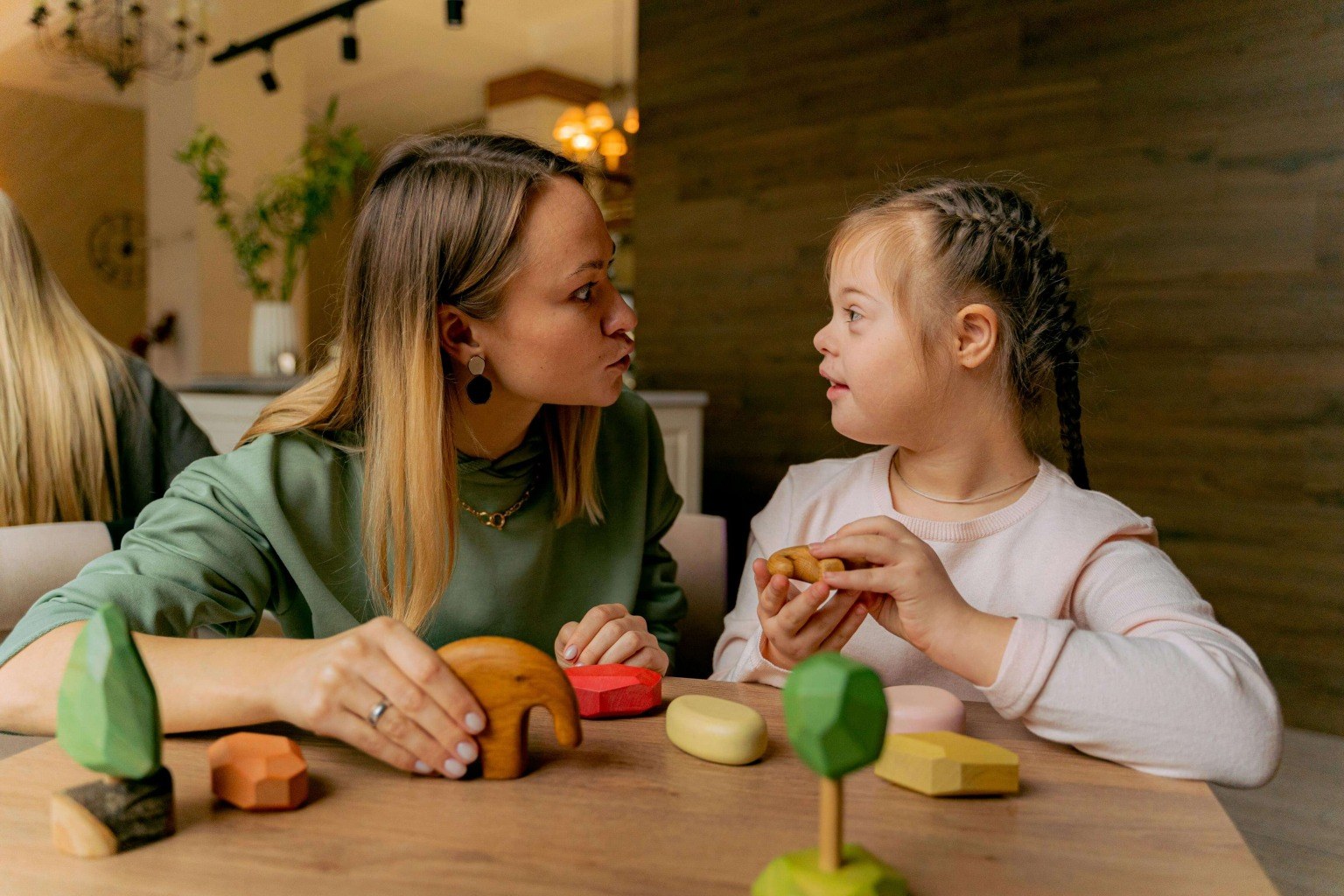
Aglaia (Lina) Ntokou
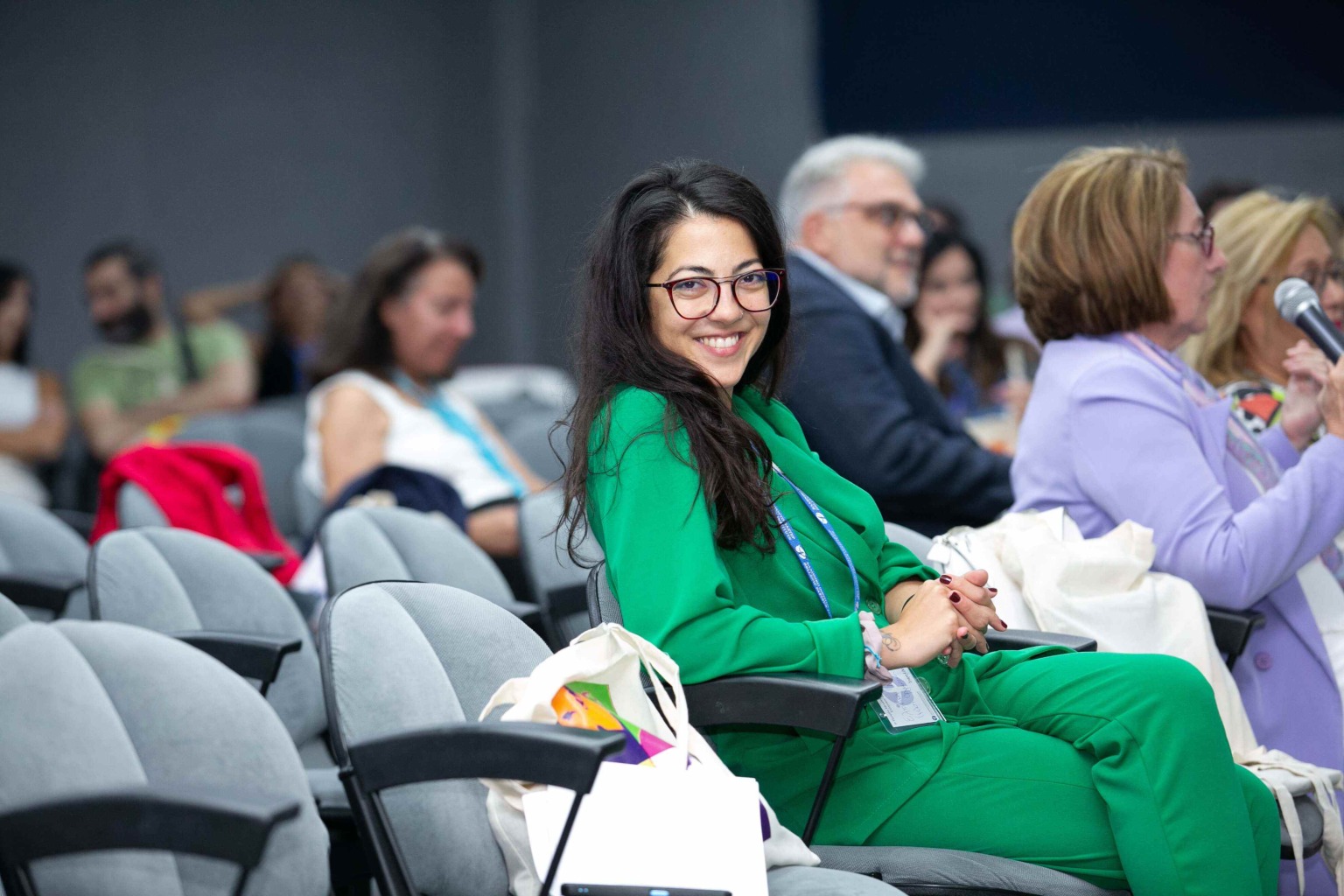
Niki Michalopoulou
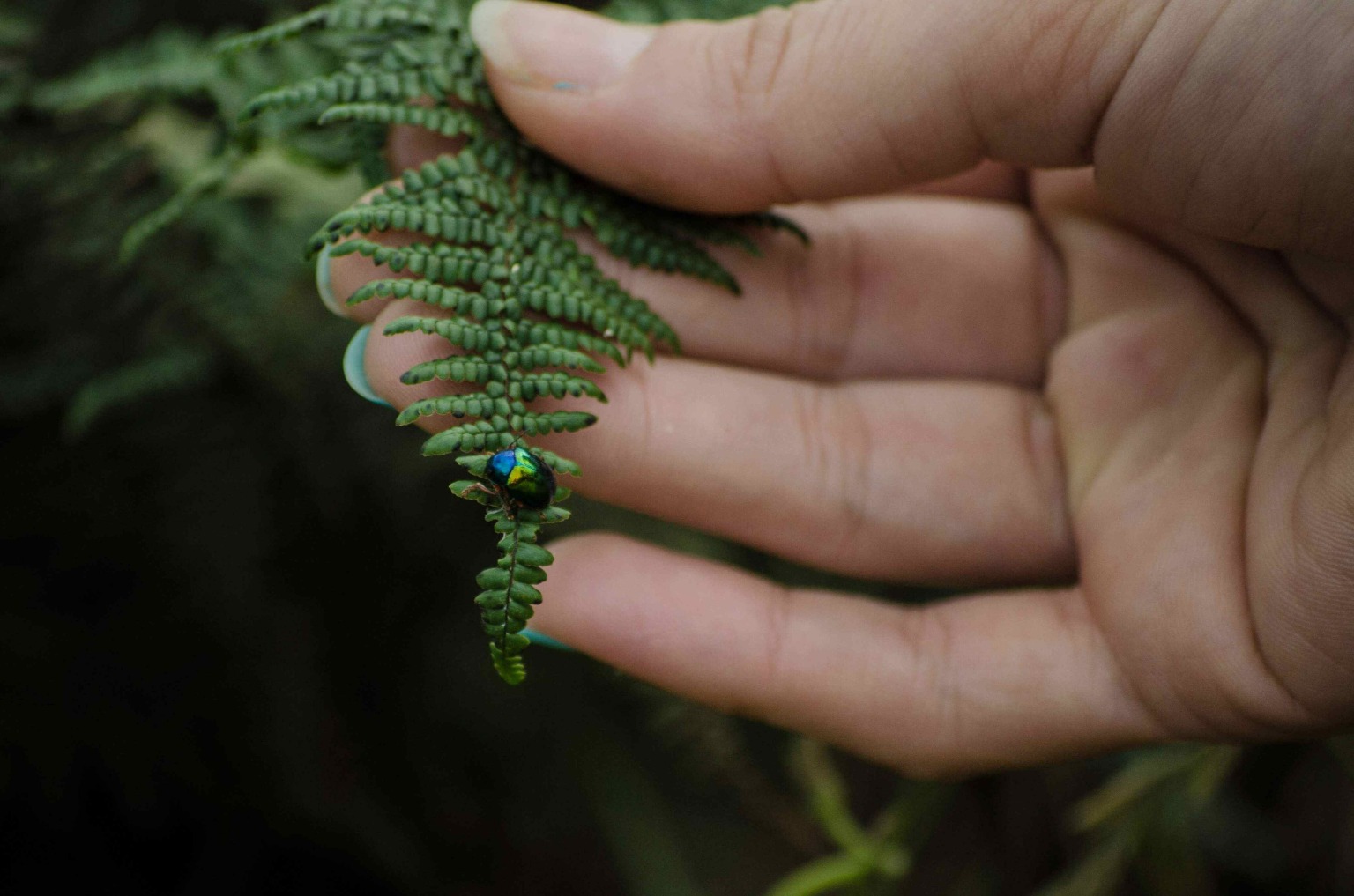
Athina Lisgara